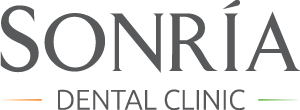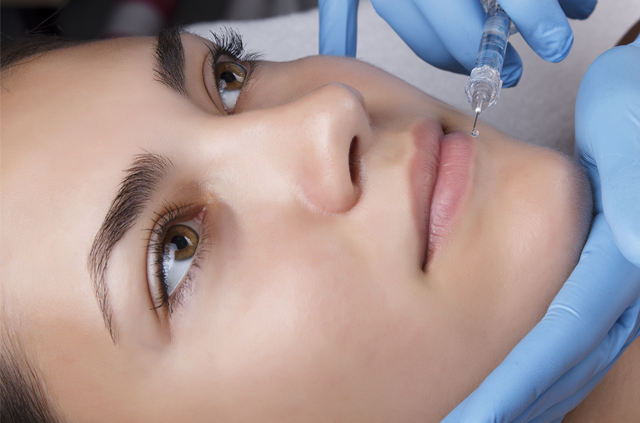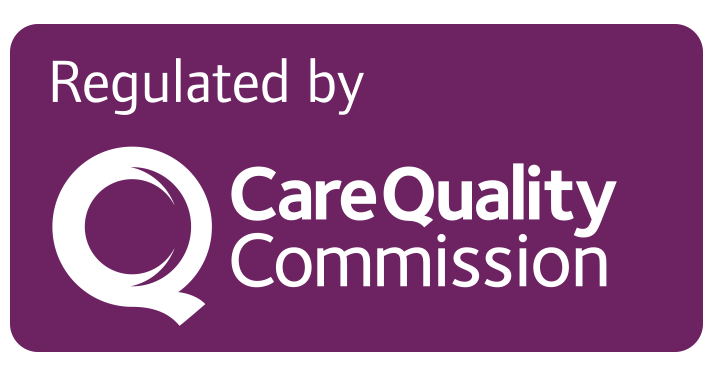Following on from my previous post, “What Getting BTX Injections is Really Like!”, I thought I’d write another blog about… You’ve guessed it, what a lip fillers lip enhancement procedure is like!
Again, many of the questions my friends ask me are along the lines of:
“Why would you get your lips done?”
“What do you get injected in your lips with, ‘Botox’ or fillers?”
“Do lip fillers hurt?”
“How much filler did you get on your lips?”
“How do dermal fillers work?”
“Are fillers permanent?”
And the list goes on…
The first time I had a lip augmentation procedure was on 8 November 2017, just before my 25th birthday! On the 23 January 2018, I had a top-up. Not going to lie, both procedures were a huge decision that I had been thoroughly contemplating and discussed with Leyla at Sonria about for a few years now. However, I opted for small incremental enhancements to the lips at a time.
Firstly, let’s understand the concept of what dermal fillers do. They can be used for various cosmetic reasons, such as contouring, to fill out wrinkles and creases in the skin, and increase volume and definition of the lips, cheeks, and hands. Depending on your particular case and area that you would like to be treated, you will require particular fillers. There are many fillers produced by many different companies, such as Merz Aesthetics and Allergan.
At Sonria, you are offered either local anaesthetic cream or anaesthetic via injection, which completely numbs your lips. Before commencing the treatment, Leyla thoroughly disinfects the areas to be injected to ensure hygiene and prevent any infections.
Lip fillers with anaesthetic injections
For my first procedure, I opted for local anaesthetic in the form on a needle, which saw both my lips and mouth go numb, as I was very nervous about the treatment and any pain associated with it. The anaesthetic took minutes, if I that, to take effect. Leyla then promptly proceeded to inject a 0.55ml Juvederm Ultraline syringe filler, that was used evenly on the top and bottom lips. As she inserted the fillers, she would massage the lips to ensure the hyaluronic acid distributed evenly. Understandably, due to the perforation of the skin with the needle, my lips began to swell up shortly after treatment.
Lip fillers with local anaesthetic cream
For my second 0.55ml filler syringe, approximately ten weeks later, I opted to have the procedure carried out using local anaesthetic cream. I piled the cream onto the lips and the surrounding area. I asked Leyla for more and more cream until my lips were completely numb. Once they were numb, I gave Leyla the go-ahead to begin treatment. As the anaesthetic is not being injected into the desired areas, but rather being absorbed through the pores, although it is pain-free, you can feel some discomfort. Apart from that, the procedure is the same as if you were getting it with an anaesthetic injection. Leyla injected the fillers, massaged my lips, and they soon began to feel tender and swell up.
Regardless of whether you opt to have anaesthetic injections or local anaesthetic cream applied to reduce the pain and discomfort experienced during the lip enhancement procedure, your lips will begin to swell up, feel tender, and become red during, or shortly after, treatment. This is normal, and, for me, continue for, approximately, 48 hours before they began to go down. During this post-treatment time, you may be advised to avoid coffee, alcohol, hot drinks, and intense sun exposure.
The whole appointment itself lasts approximately 20 minutes, and then I am back to my daily routines.
And with that… I will leave you with a few post-treatment instructions following Dermal Filler injections:
• Do not perform activities involving rigorous exercise, straining, and heavy lifting for at least 24 hours after treatment.
• Avoid extensive sun or heat for 72 hours after treatment.
• Do not consume excessive amounts of alcohol and salts post-treatment to avoid excess swelling.
• Avoid significant movement of the treated area.
• Avoid massaging the treated area unless instructed by Sonria.
• Take Arnica for at least two days before treatment to help prevent bruising. Post-treatment, apply Arnica cream to help any bruising and swelling that may develop.
Always ask your aesthetician if you are unsure about the time frame of treatments that you are considering carrying out. Leyla and her team are still more than happy to answer any questions. Also please have a look at our dermal fillers option



